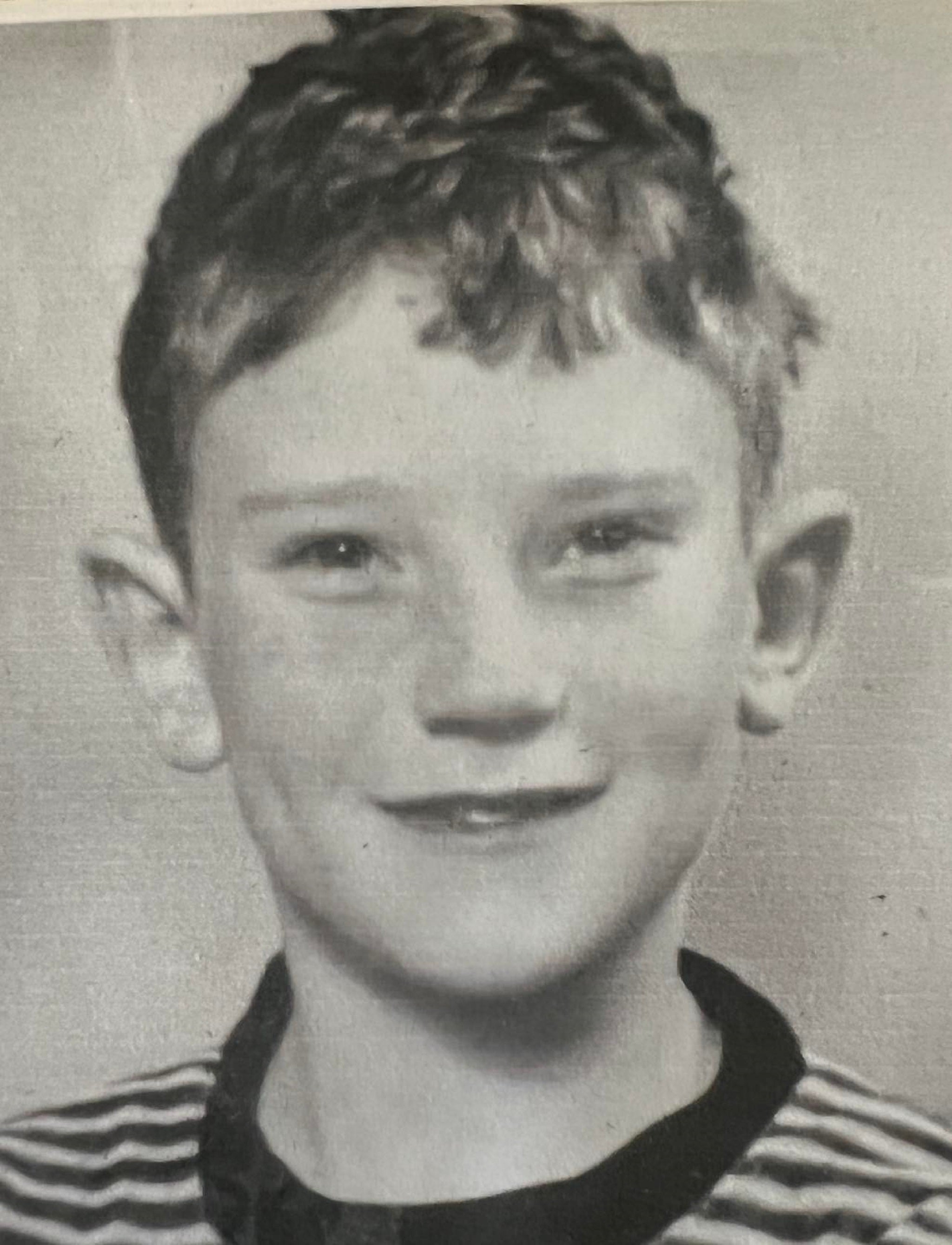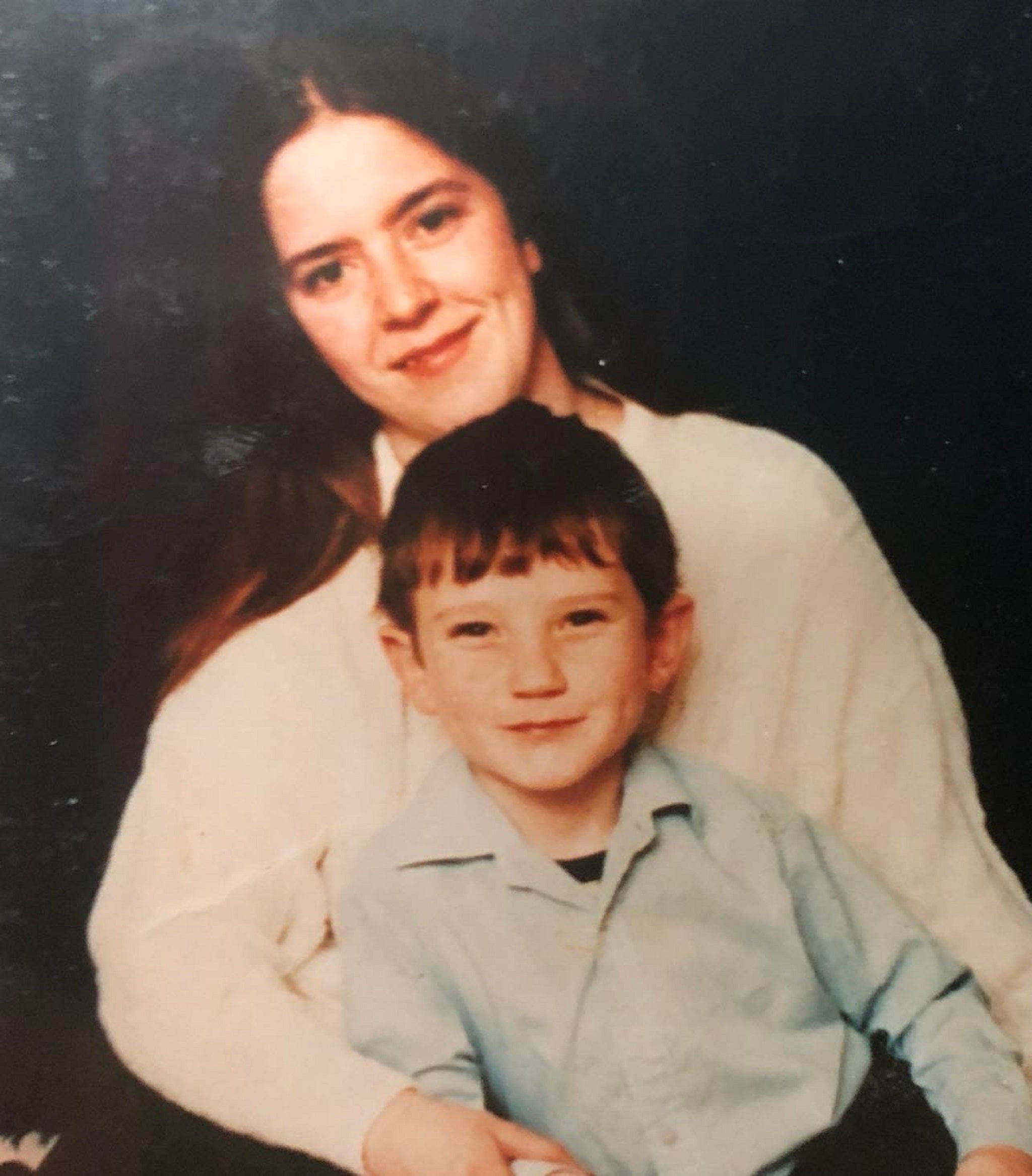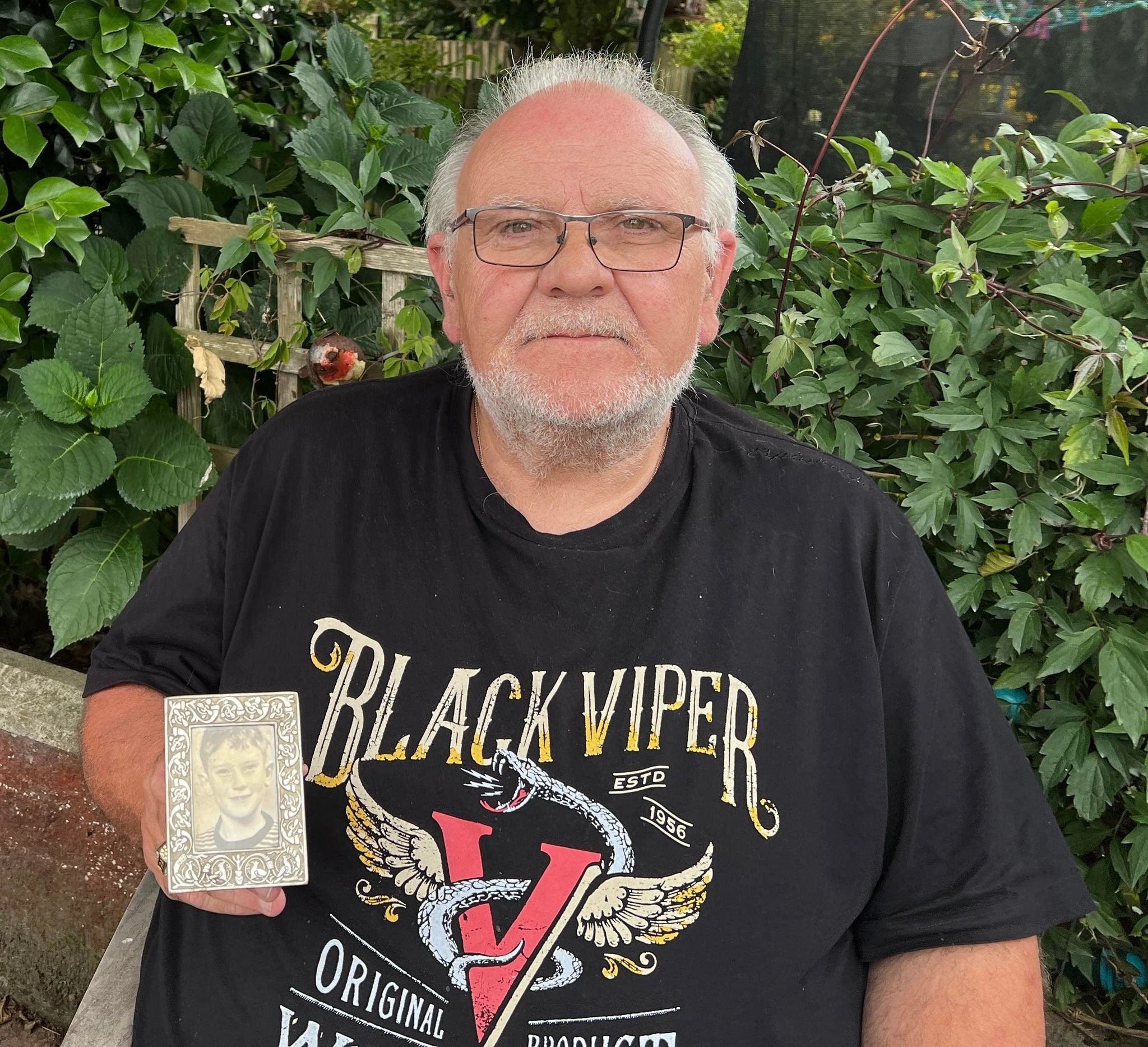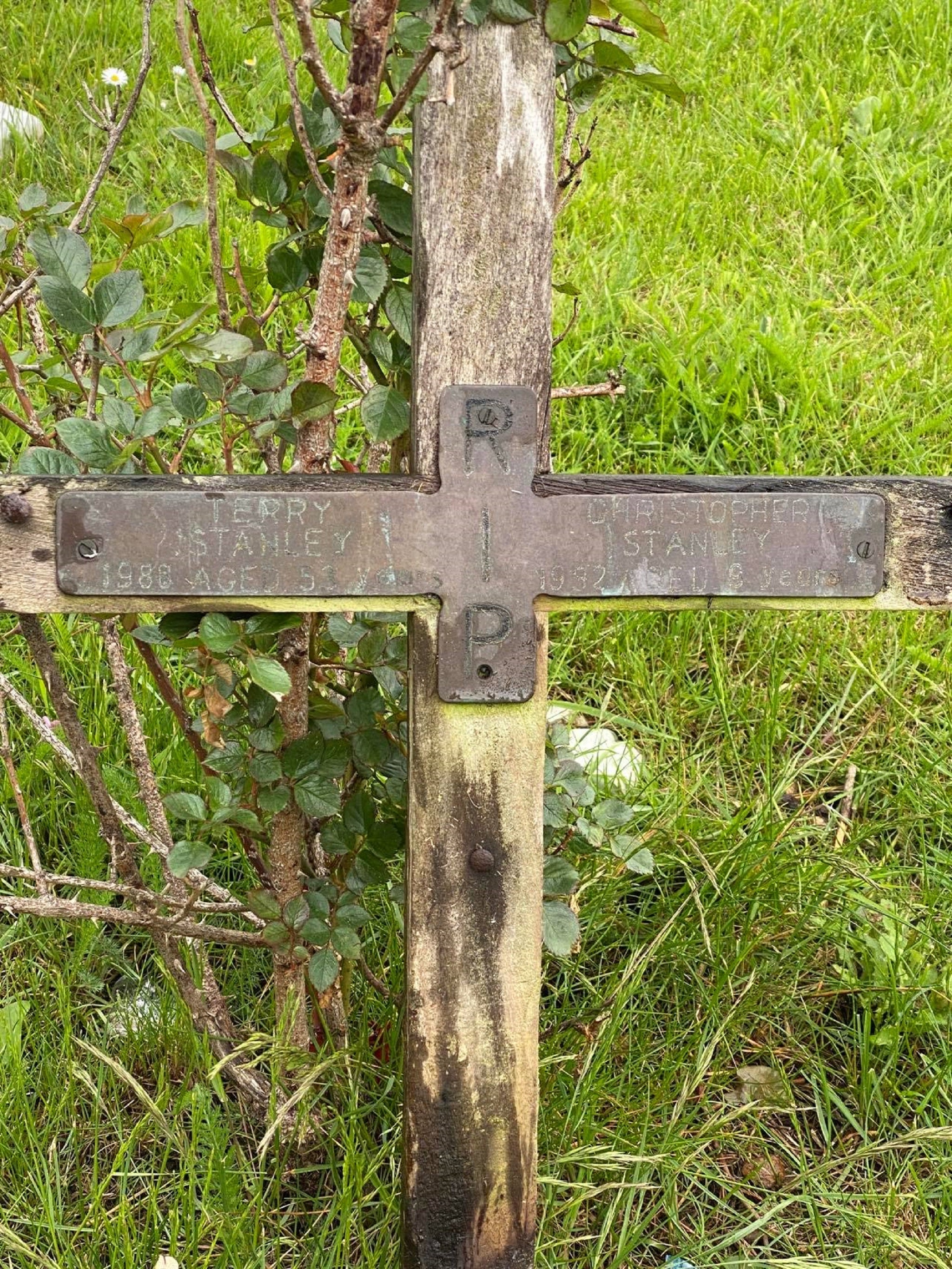
The family of a nine-year-old whose naked body was found after he vanished from his grandmother’s front garden are desperately searching for answers 30 years on.
Christopher Stanley was playing with a friend outside his grandmother’s home in Hounslow, west London, when he suddenly vanished on 29 July 1992.
His loved ones searched for him for hours while police used a helicopter with a thermal imaging camera to scour the nearby 200-acre Hounslow Heath.
But the youngster was discovered stripped naked, strangled and dumped inside a Second World War pillbox near the fourteenth hole of Hounslow Heath golf course by two boys the following day.
The Ghostbusters T-shirt and other clothes he was wearing that day have never been found and no one has ever been convicted of his killing.
A 24-year-old neighbour was initially charged with murder and faced a trial at the Old Bailey but he was later cleared by a jury.
Thirty years on, Christopher’s family are still desperate for answers and hope advances in DNA testing and other forensic technology could finally solve the mystery of who killed their “loveable rogue” if police ever re-examine the cold case.
Christopher was just six months old when his parents split up and he went to live with his maternal grandparents Diana and Charles Stanley and aunt Mary-Ann Stanley, 25, at their three-bedroom house in St Aubyn’s Avenue, Hounslow.
Kevin and Janey Webb, now 61 and 58, remember their mousey-haired green-eyed nephew as a “cheeky chappy” who could be eating mud and worms one minute, then playing pranks on his grandfather the next.
The couple had been living in nearby Feltham with their seven-year-old son Karl at the time of Christopher’s death and often saw their nephew.
“He was a loveable rogue,” Mr Webb told The Independent. “His grandad was disabled and in a wheelchair and Christopher and Karl, our lad, they were inseparable.

“He had an artificial leg and when he used to get up and walk about they used to hide his leg – but they would give it back eventually,” she continued.
“He was a typical little boy, eating mud and worms. He would come in looking like he had just been helping the coal men for six months.”
“He loved school,” added Ms Webb. “Everybody was his friend at school. He loved everybody and everybody loved him. He was very smart.”
Ms Webb said her mother, who saw Christopher as a son rather than a grandson, never got over his murder and died just five years later in 1997, while her father died in 1988.

Her younger sister Mary-Ann still lives in the family home, where Christopher’s room remains just as he left it the day he disappeared three decades ago.
“Mary loved the kid and she misses him dearly,” said Ms Webb, who now lives near Newquay, Cornwall, with her family.
“She worked all her life but she was diagnosed with multiple sclerosis four years ago and she’s housebound now.
“We get Christopher’s swimming certificates and all his school progress cards out every time I go up and between us we keep his memory alive.
“We wonder whether he would be married today and what job he would have. We know he would have looked after Mary.”
The couple described the old army shelter where Christopher’s body was found on the edge of the heath as a place where youngsters would go for a “sneaky fag” from the off licence a few hundred yards away.
The area around the concrete defensive structure, equipped with loopholes through which to fire weapons, was overgrown at the time the schoolboy disappeared, obscuring it from the nearby road.
Christopher’s aunt and uncle said they were told his body was found half inside the entrance to the pillbox and that his time of death was difficult to determine because of the heat inside the structure.

Ms Webb is still haunted by thoughts of whether they could have saved their nephew in time.
“We actually walked past that pillbox when we were searching but obviously at that time we didn’t know Christopher was inside,” she said.
“Basically, you have to get onto all fours to crawl through the door. We still wonder today if we had looked could we have saved him – it’s something we are never going to know.”
She also revealed Christopher had been playing with a metal toy gun when he disappeared – but it has never been found.
The couple believe his killer may have destroyed his clothing and belongings in an incinerator at a nearby landfill site.
“The police told us if new evidence came to light they could reinvestigate it so we and our family and friends searched day and night to see if we could ever find his clothing or the gun,” said Mr Webb.
“Every bin was searched within a three-mile radius, and they stopped the council collecting the bins.

“But everything on Christopher had gone. That makes us believe his killer had access to the incinerators.”
Christopher is buried with his grandparents in a cemetery about a mile away from where he disappeared.
The family couldn’t afford a gravestone at the time – but a wooden cross made by Christopher’s great uncle marks the place where he now rests.
The area around the pillbox on the edge of the heath has since been redeveloped, making it visible from the road once again.
The Webbs refuse to look at it when they drive past – and have tried unsuccessfully to have it demolished or the entrance filled in over the years.

They still have treasured photographs of Christopher sitting in the lap of his beloved “big sis” Mary and lying on the couch at his grandmother’s house – but they remain tucked away at their home in Newquay because their son Karl, now 37, still can’t bear to see them.
Their only hope now is that they might one day get justice for their nephew if a breakthrough in the case “helps solve a family’s 30 years of hurt”.
“I know they didn’t have Christopher’s clothing but now DNA and forensics has advanced so much there must be something else police had that they could retest,” said Mr Webb.
“It’s the non-closure, that’s the thing. I know you move on, but it wasn’t an accident and until you know somebody has been brought to justice for doing that to Christopher you can’t close.
“We need to know what happened or we need to know somebody has been brought to justice for what they did.”
The Metropolitan Police declined to comment on the case.







